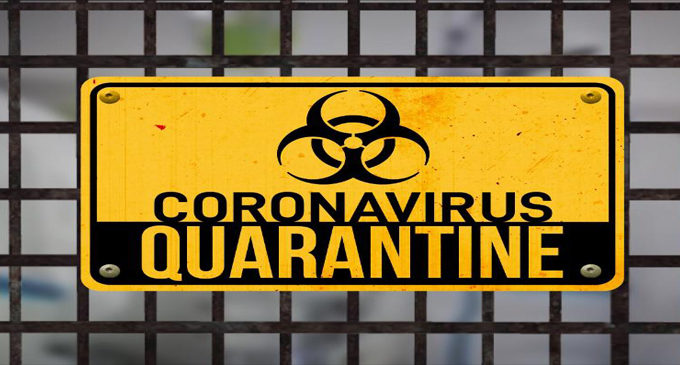Commentary: Quarantine quarrels and 10 helpful hints

By Robert J. Gould
My wife and I are both professionals who teach and counsel individuals and couples about how to better handle their conflicts. This is especially true during this pandemic staycation. Many of us have woken to the truism that “everyone annoys everyone.”
In our home, we also try to handle our conflicts better. We have been together for 27 years, so we have had a lot of practice. And we are getting better—though we are far from perfect.
We would like to maintain a calm, meditative, Zen state of mind, watching the flow of life, and the news, with no perceptible anxiety. In reality, we’re as troubled as the rest of the world, shaken by this horrendous COVID-19, stuck in an impromptu Groundhog’s Day—Contagion Edition, greatly amplified by the horrific filmed deaths of African Americans by police.
Like most of us, my wife and I bicker with each other about washing dishes, preparing meals, and house-cleaning. Because of our professions helping others with their conflicts, we know (on some level) that we are handling our own conflict sub-optimally.
Luckily, we also know that conflict resolution is a somewhat imprecise science, as it depends on many variables, including what one ate this morning and how much sleep one got. We also know that, even with the precise science of the computer technology, our Wi-Fi refuses to get along with our printer.
So, we suggest that those of us who are stir-crazy at home try to be mindful of the following rules:
1. Accept that, on some level, everyone eventually irritates everyone else. Therefore, people are sometimes snappish with each other, even in less stressful circumstances. It’s part of the drama of life.
2. Generally speaking, there are two ways to look at any given conflict: the right way and the other right way.
3. Nonviolence is always best, unless your partner has a sharp object in their hand, and even then, try soothing, de-escalation techniques first.
4. Don’t yell! And no, you are not just talking loudly. (Any anxiety in the air will fuel the fire.)
5. If the two of you cannot calmly discuss your differences, consider taking a 30-minute break and retreat behind a closed (not slammed) door. Rinse and repeat, as needed.
6. Try to paraphrase what the other person is saying. Be assured that your paraphrasing will always be wrong, so try it again. At the very least, the other person will know that you are genuinely trying to listen—even when you miss the mark.
7. Don’t forget about the 30-minute break; you may need another one, or at least a little refresher.
8. Try to find some common ground or a compromise that will last until the next dust-up. No conflict is perfectly resolved–peace and conflict come in episodes—stay tuned for the next one. We reboot our partnerships, as we reboot our technology—hopefully learning, as we move along.
9. Try to regularly say how much you both love and appreciate each other. (Keep your inevitable regrets to yourself.) Yeah, we are both idiots.
10. And finally, escalate the politeness and civility. Contrary to the film “Love Story,” love is saying you are “sorry,” and a “please” and “thank-you” help rebuild the bonds that get frayed.
We can do this! May your household host a pandemic of peace.
Robert J. Gould, Ph.D., is an ethicist, writes for PeaceVoice, and co-founded the Conflict Resolution Program at Portland State University.








